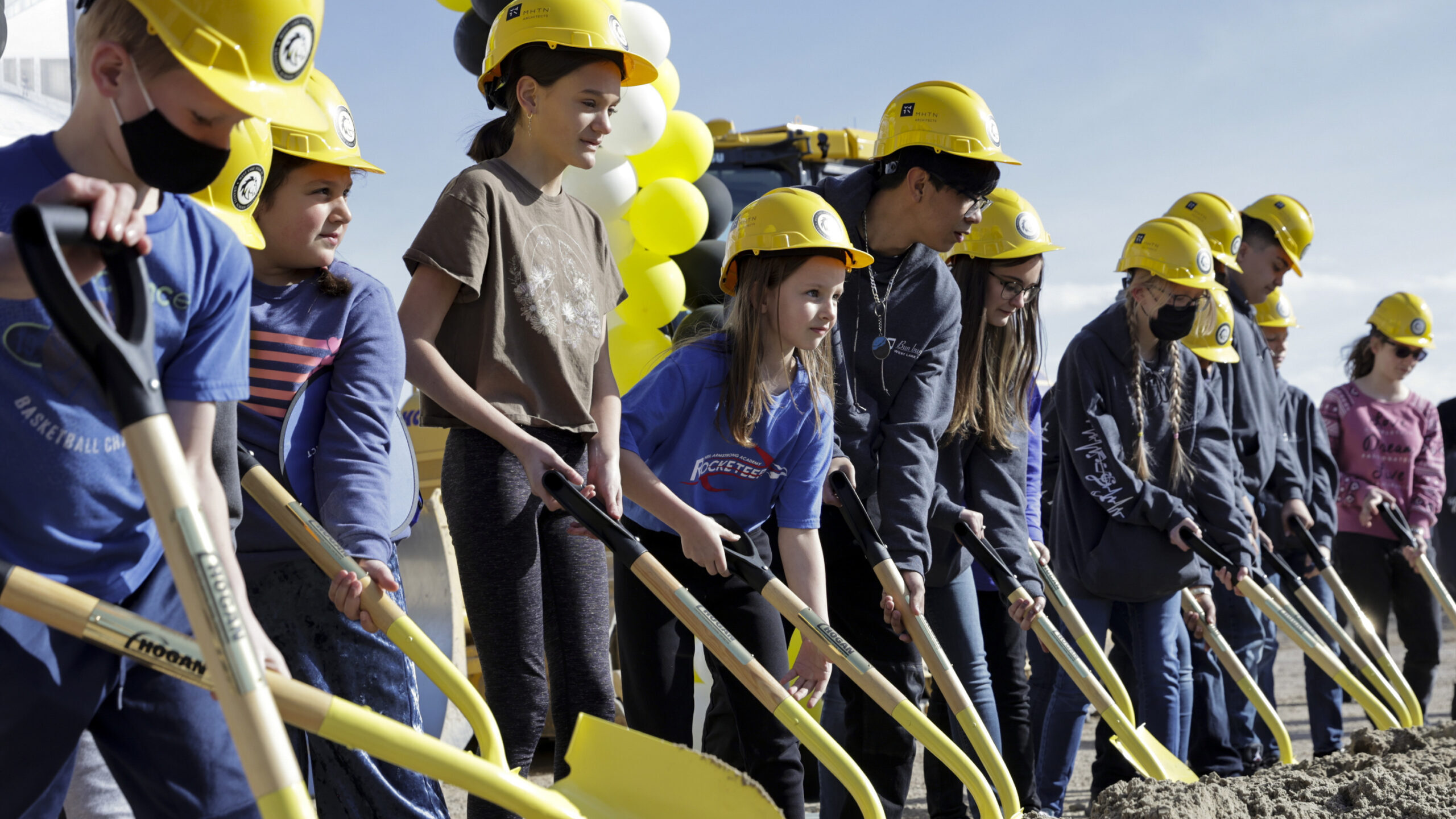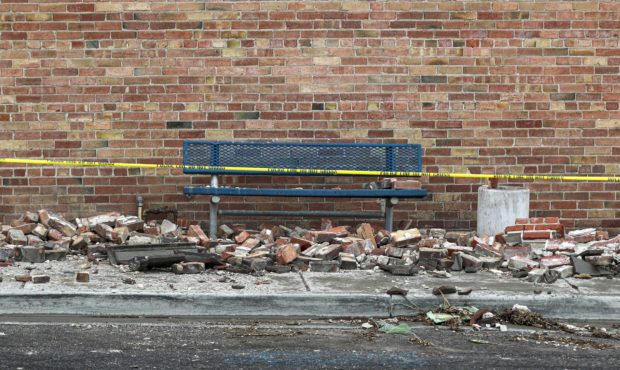A secondary water meter could tell you just how much water you waste
Mar 3, 2022, 3:52 PM | Updated: Aug 3, 2022, 12:55 pm

Sen. Mike McKell, R-Spanish Fork, told KSL NewsRadio on Thursday that the student loan forgiveness plan will hurt everybody. (Kirstin Murphy/Deseret News)
(Kirstin Murphy/Deseret News)
SALT LAKE CITY — Would Utah residents and homeowners cut their outdoor water use if they knew how much water they use or waste? A recently passed bill would measure your secondary, or outdoor, water use. And it could moderate the state’s generational drought, says the lawmaker pushing the bill.
Rep. Val Peterson, R-Orem, is the sponsor of House Bill 242. He discussed the legislation and what it means for Utahns with KSL NewsRadio’s Dave Noriega and Debbie Dujanovic.
HB242 has passed both the House and Senate and now awaits Gov. Spencer Cox’s signature.
I use HOW much water?
Secondary or untreated water is used on residential lawns, parks, and golf courses and comes from lakes and streams.
“Do you just cringe when you hear people like me say, ‘I have no idea how much water I use.'” Noriega asked.
“Right now, we’re the second most arid state in the Union with a generational drought that people are now saying could be the worst drought we’ve had in 1,200 years, so I’d have to say yes,” Peterson said.
Weber Basin Water Conservancy District saw reductions of 22% to 40% per customer in secondary-water use, as a result of metering and communications with their customers about their lawn’s actual water needs compared with what the customer had been using, according to Western Resource Advocates.
“When we’re in a drought like this, every drop of water that we can save makes a huge difference for our state,” Peterson said.
How much will this meter cost?
“When do I need to install this?” Noriega asked.
“It has to be installed by Jan. 1, 2030. But there’s actually a structure set up where different water districts or special service districts can apply for a grant and receive up to 70% of the funding to install those meters within their district. So the fiscal note on this bill is actually $200 million,” Peterson said.
“How much does Dave have to put out of pocket to get this meter installed in his home?” Dujanovic asked.
“So obviously, that’ll be up to each district, but roughly 30% of the cost if they do it in the next two to three years. The state would put in about 70% of the cost,” Peterson said. “I think each meter runs roughly between $1,500 and $2,000.”
“And each home has to have that meter, right?” Noriega asked.
“Each home would have one of those meters so they know how much water they’re actually utilizing,” Peterson replied.
Noriega wanted to know if his cost for the secondary-water meter would be prorated or be a lump-sum payment.
“Obviously, that would tie to the proposal that comes from each water district or service district to handle,” Peterson said.
How bad is the drought? West has not been this dry since Year 800
Dave & Dujanovic can be heard weekdays from 9 a.m. to noon. on KSL NewsRadio. Users can find the show on the KSL NewsRadio website and app, as well as Apple Podcasts and Google Play.













